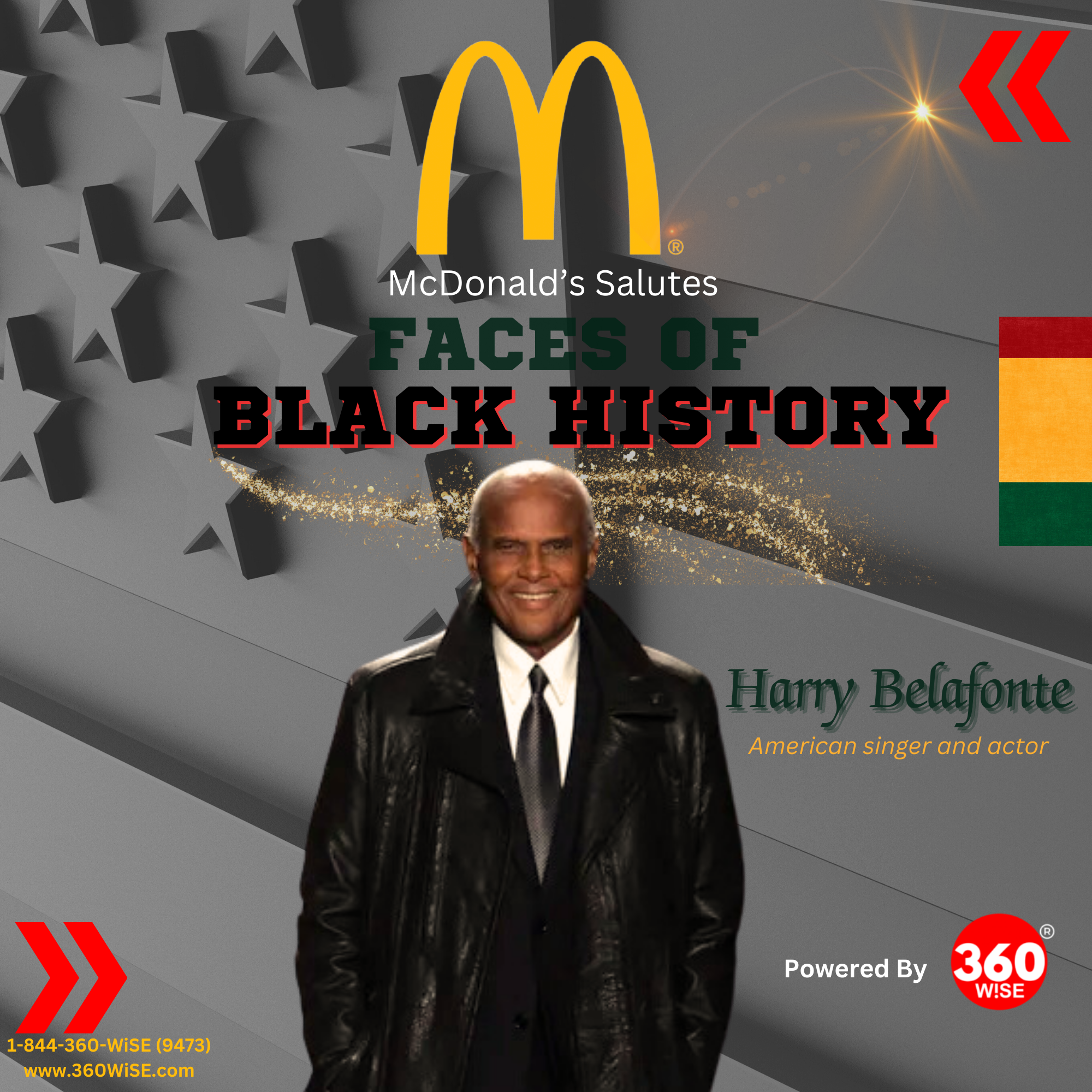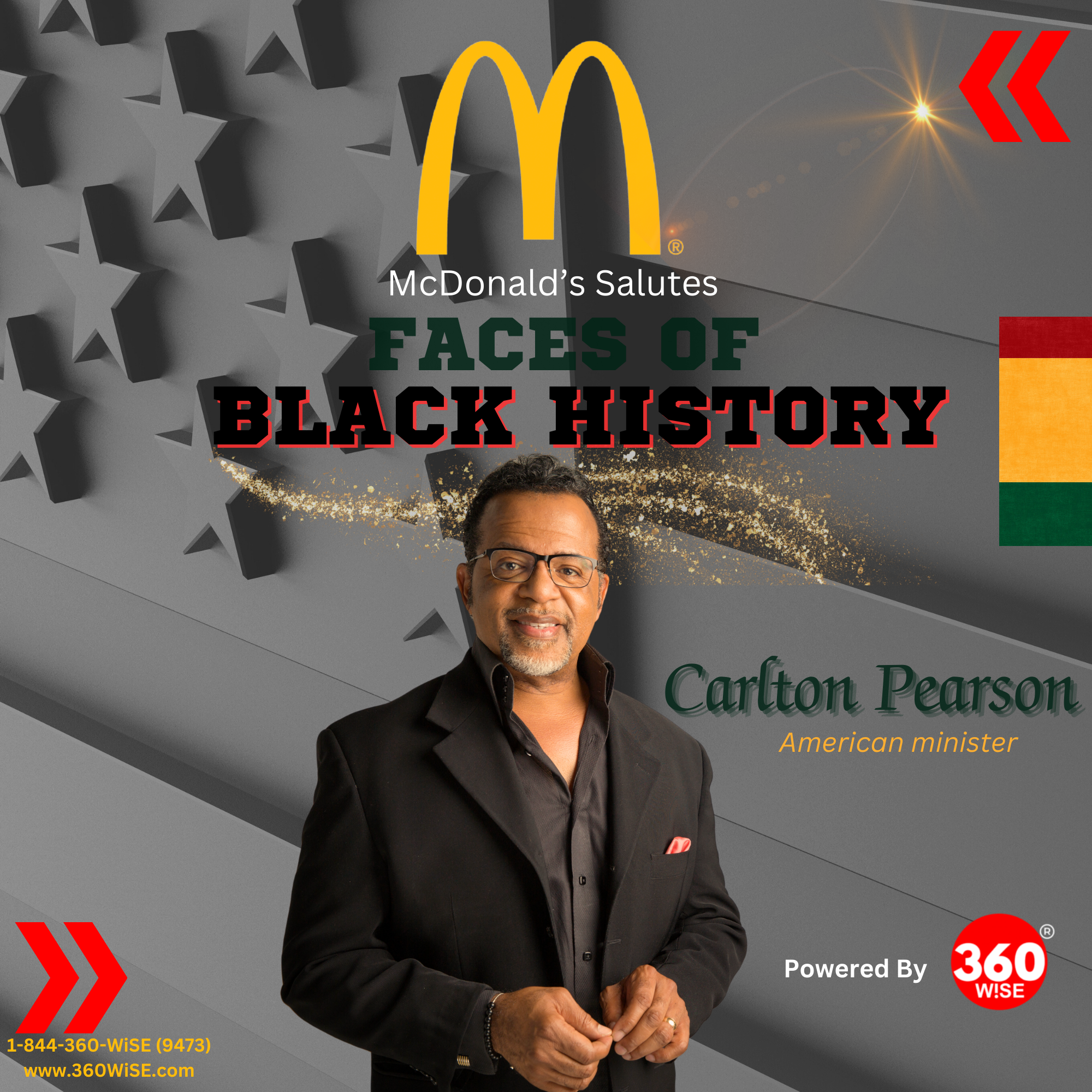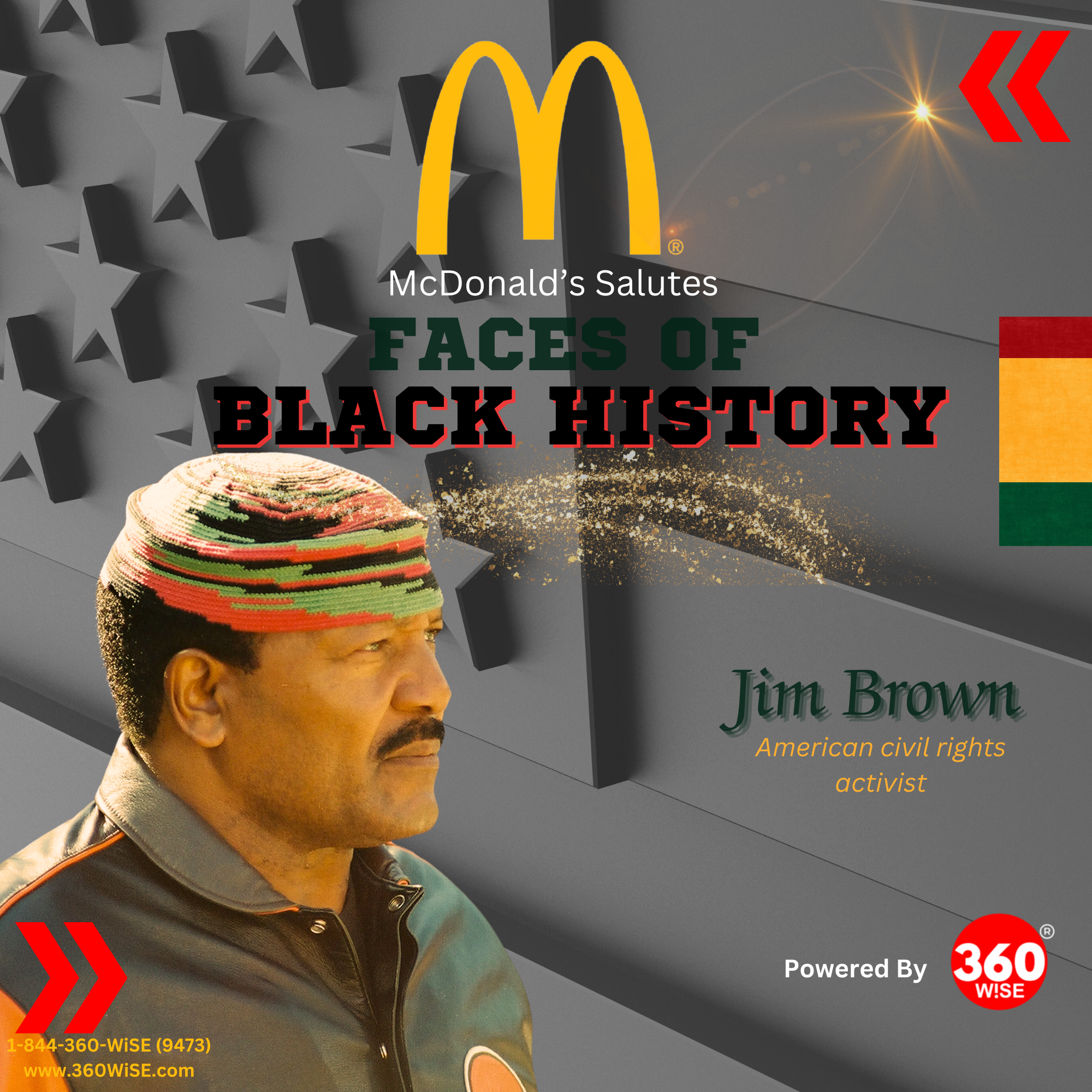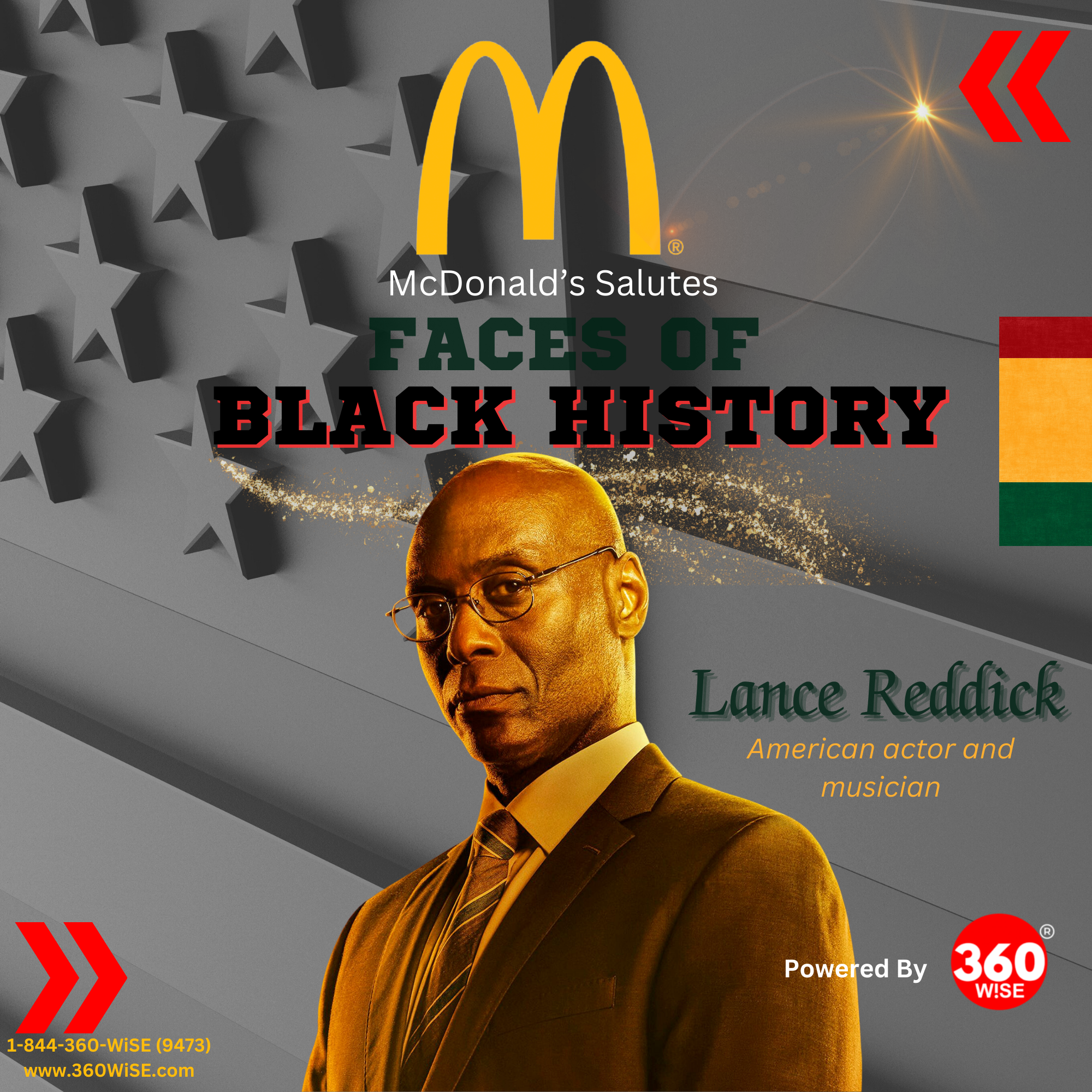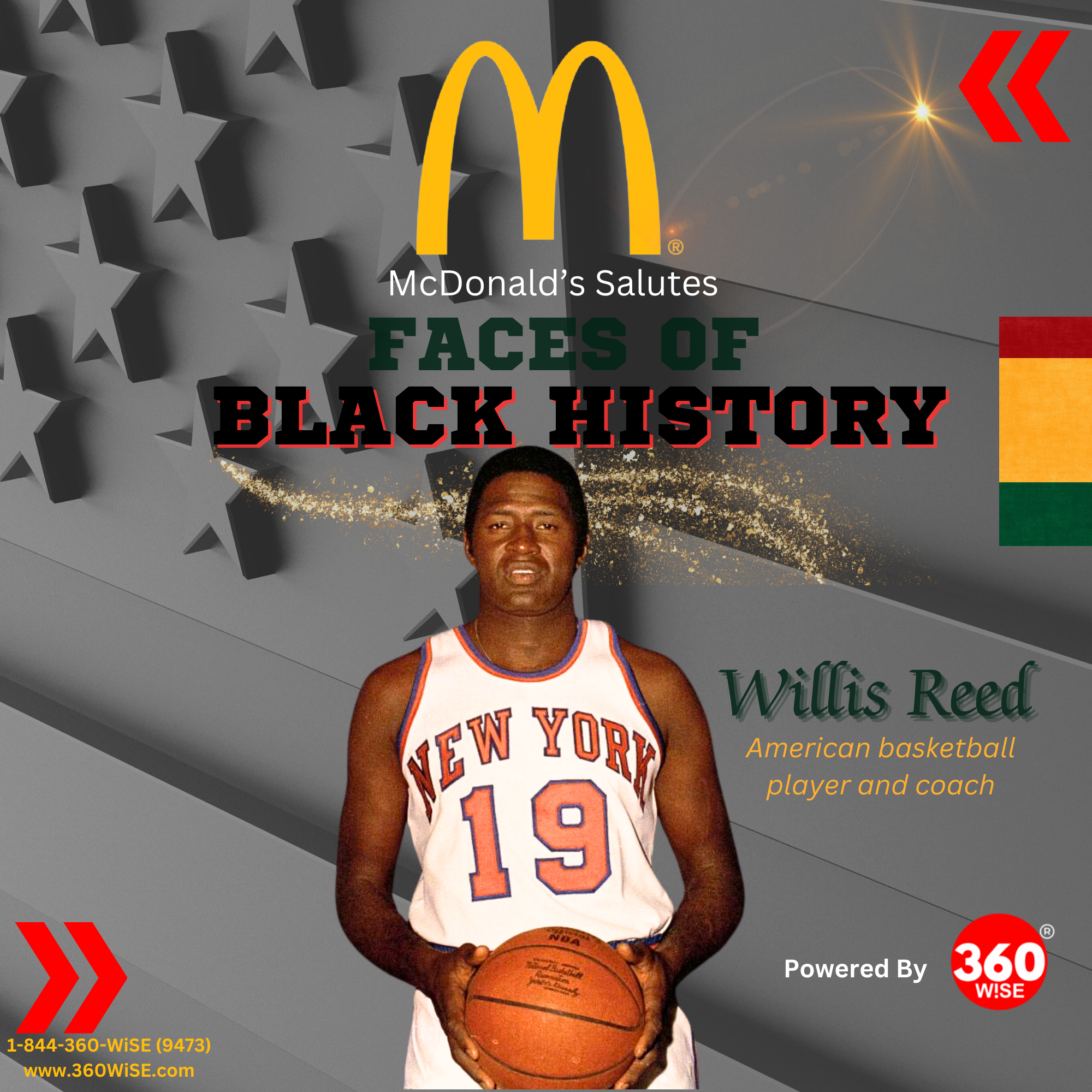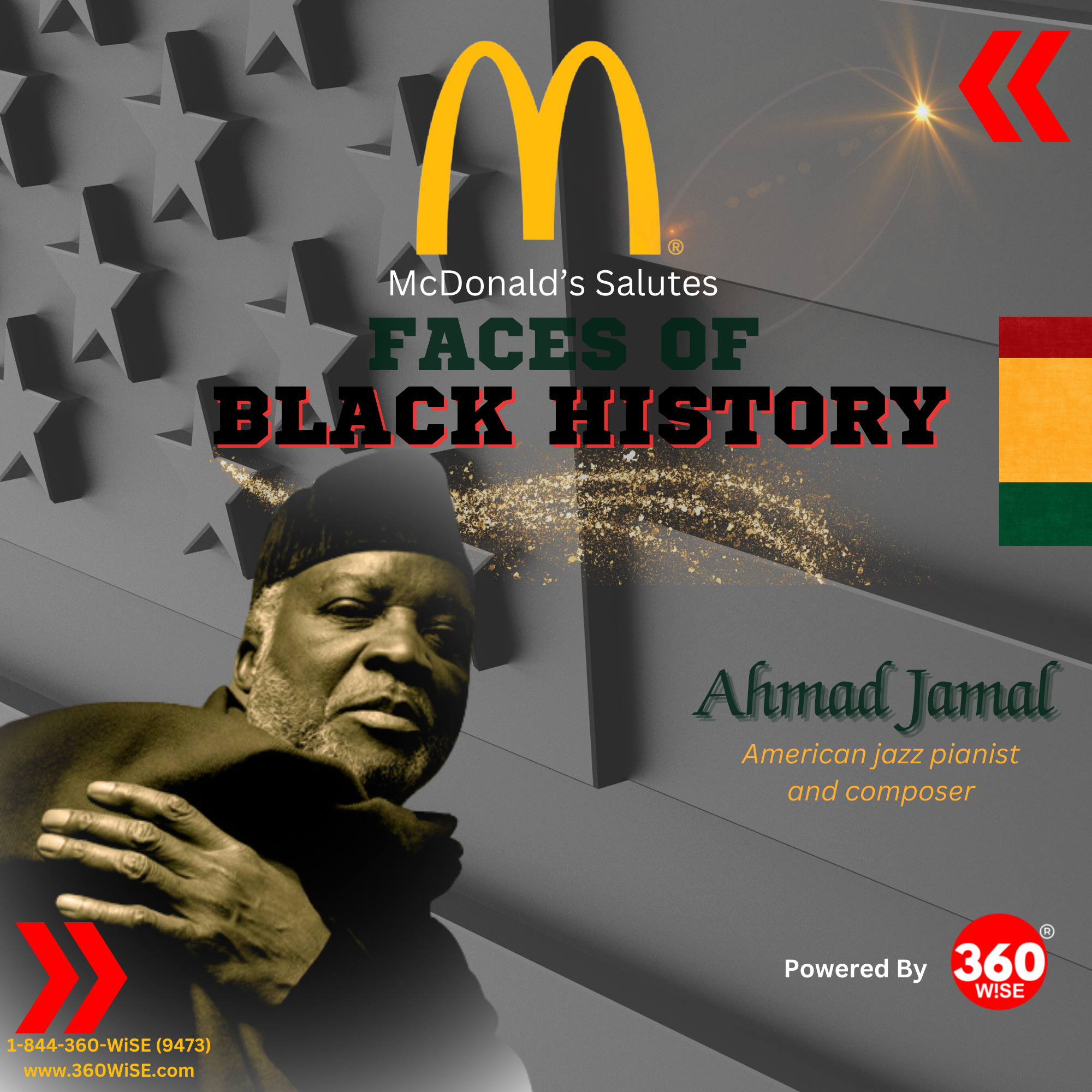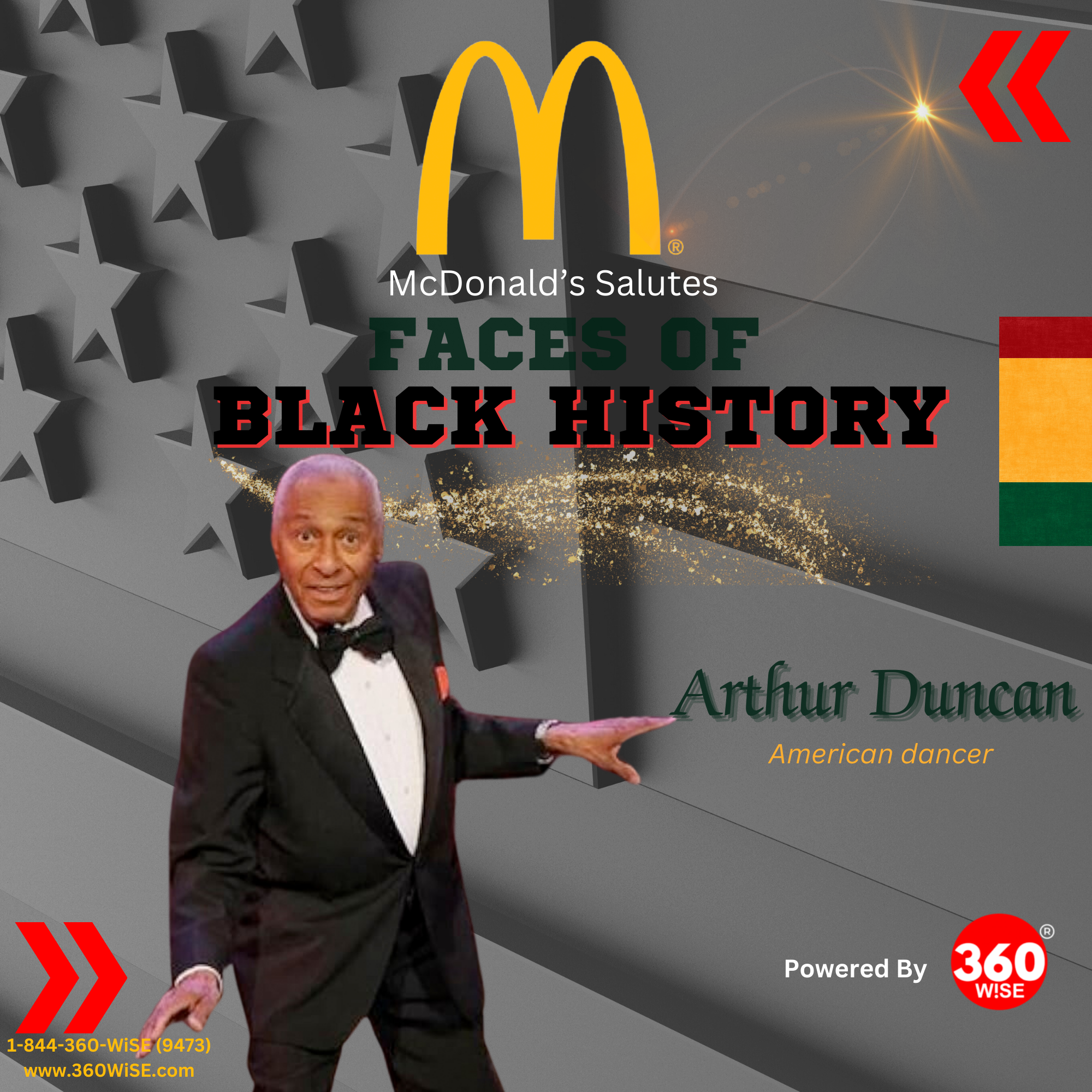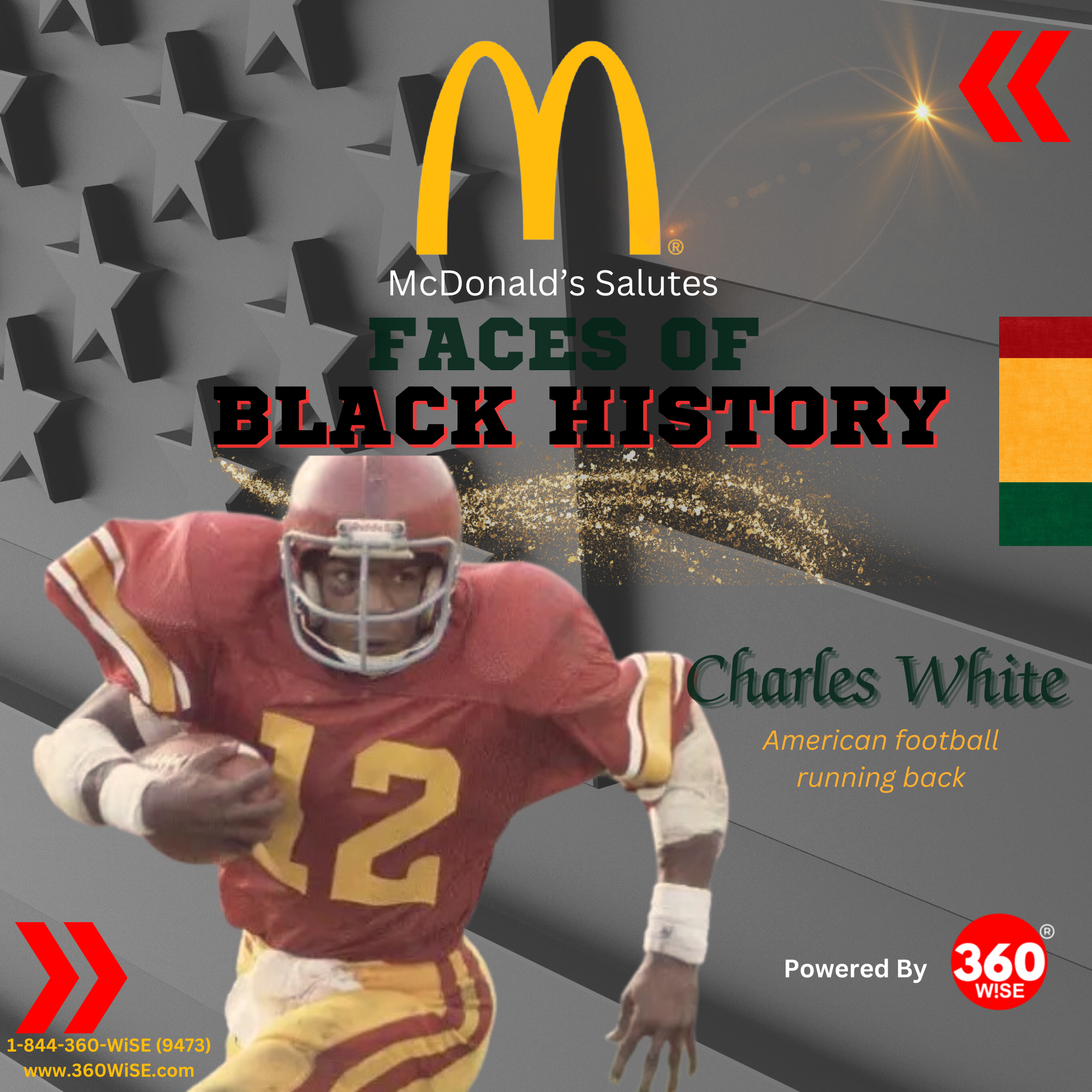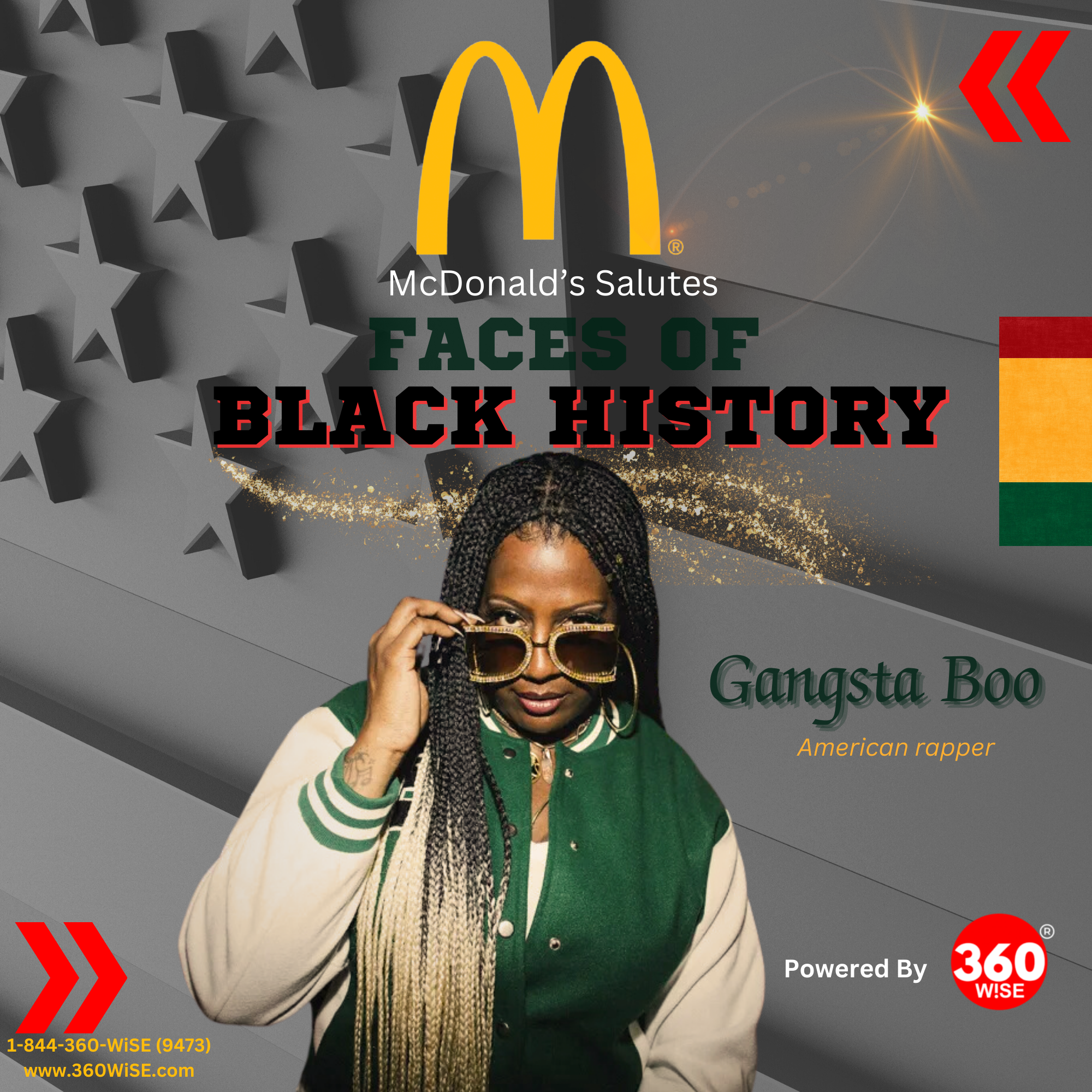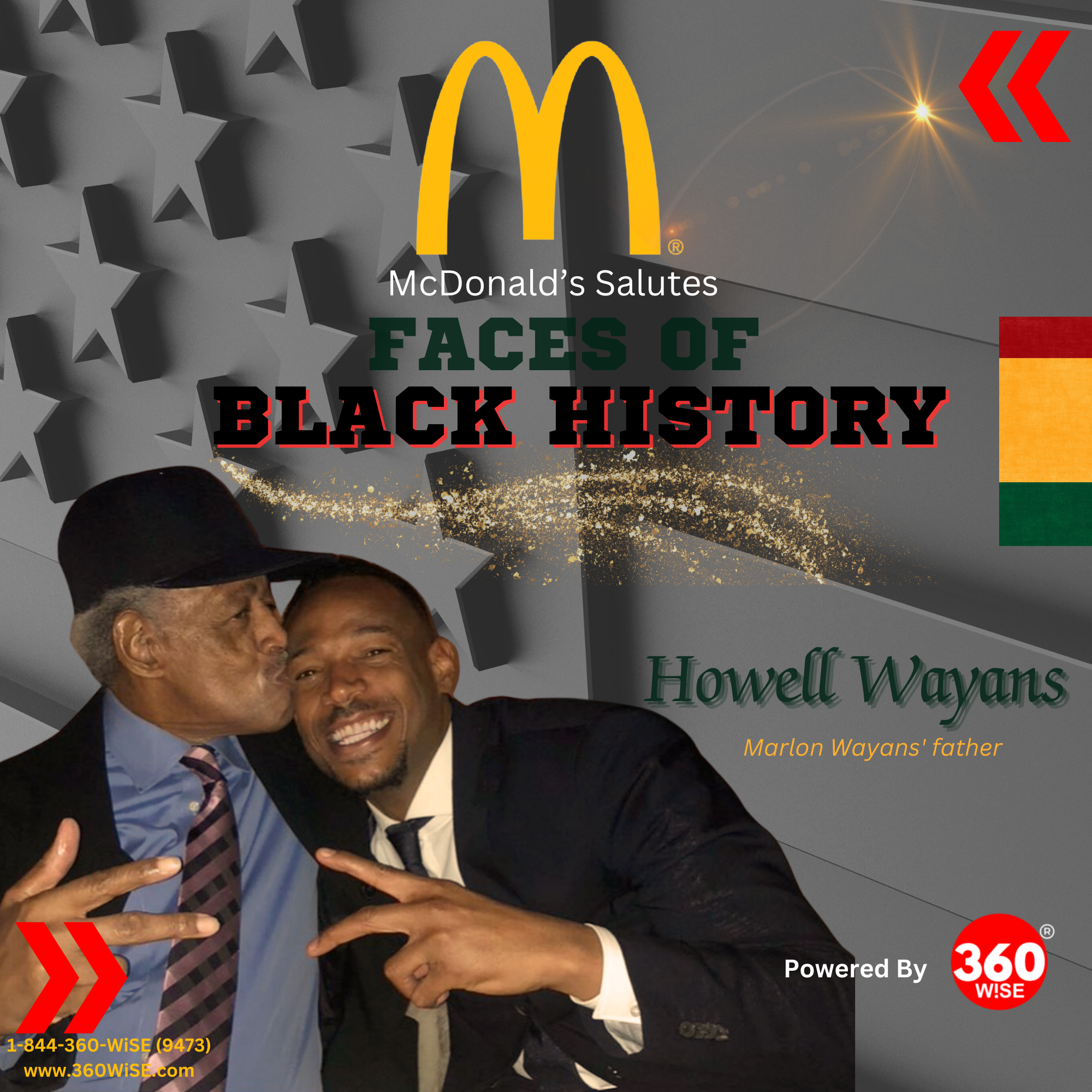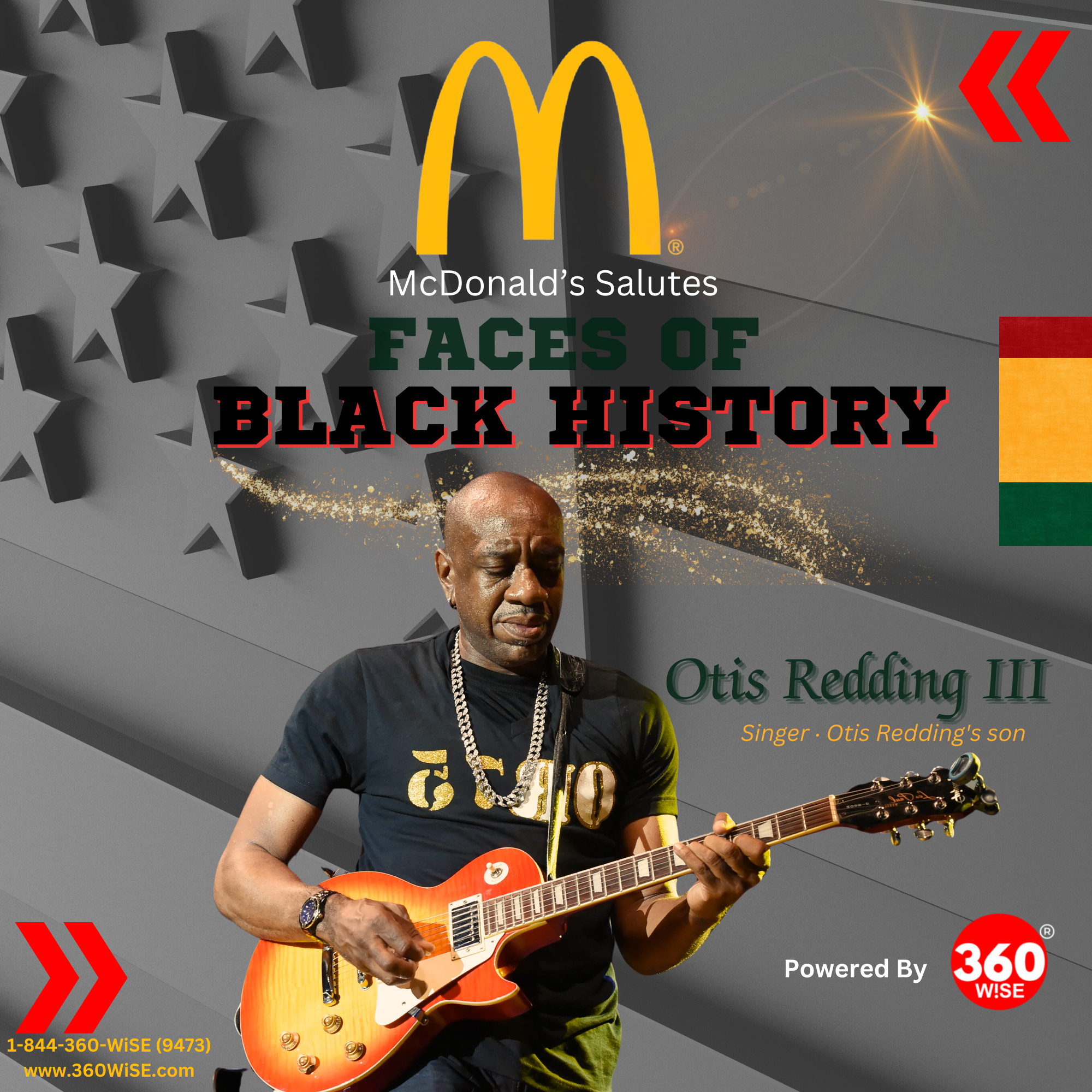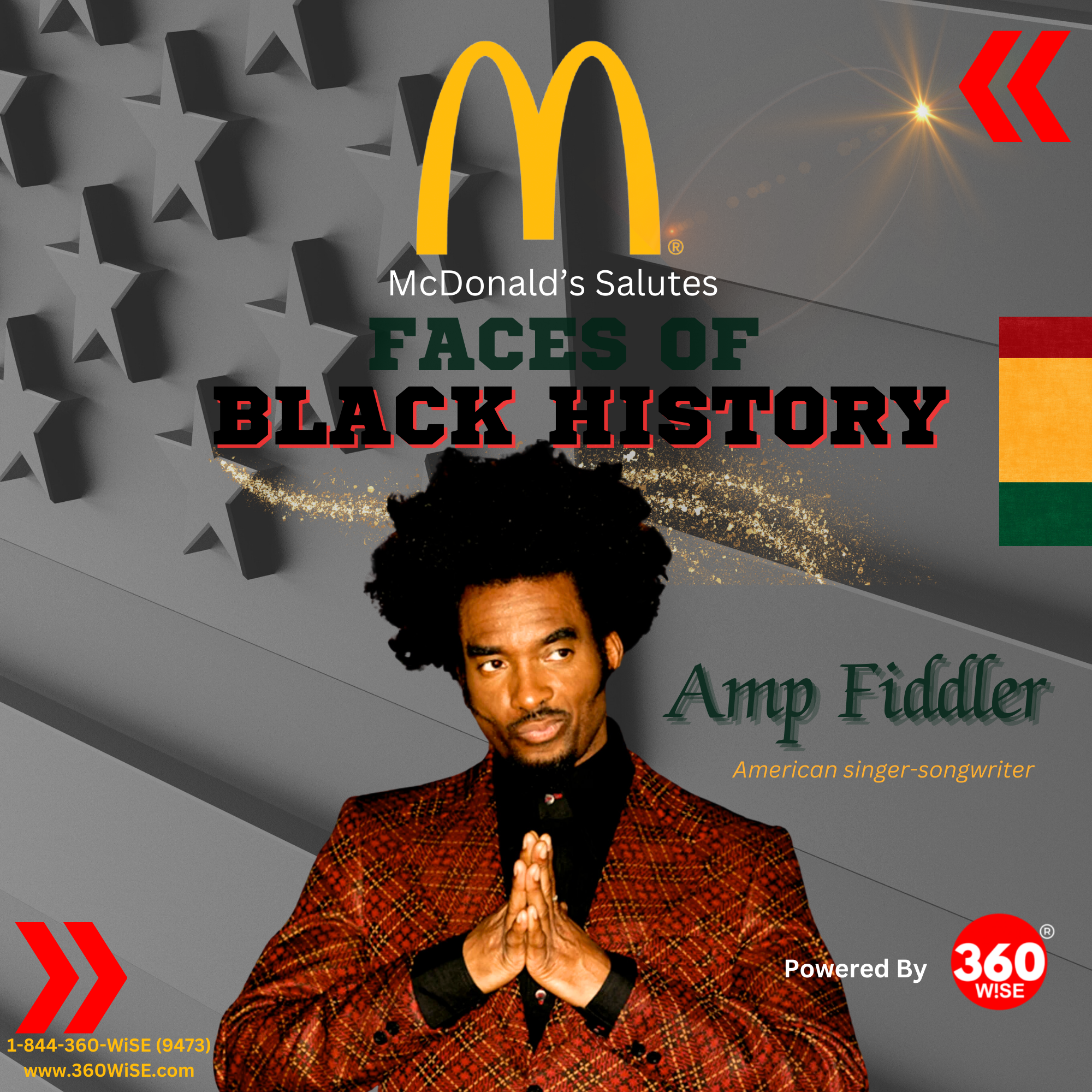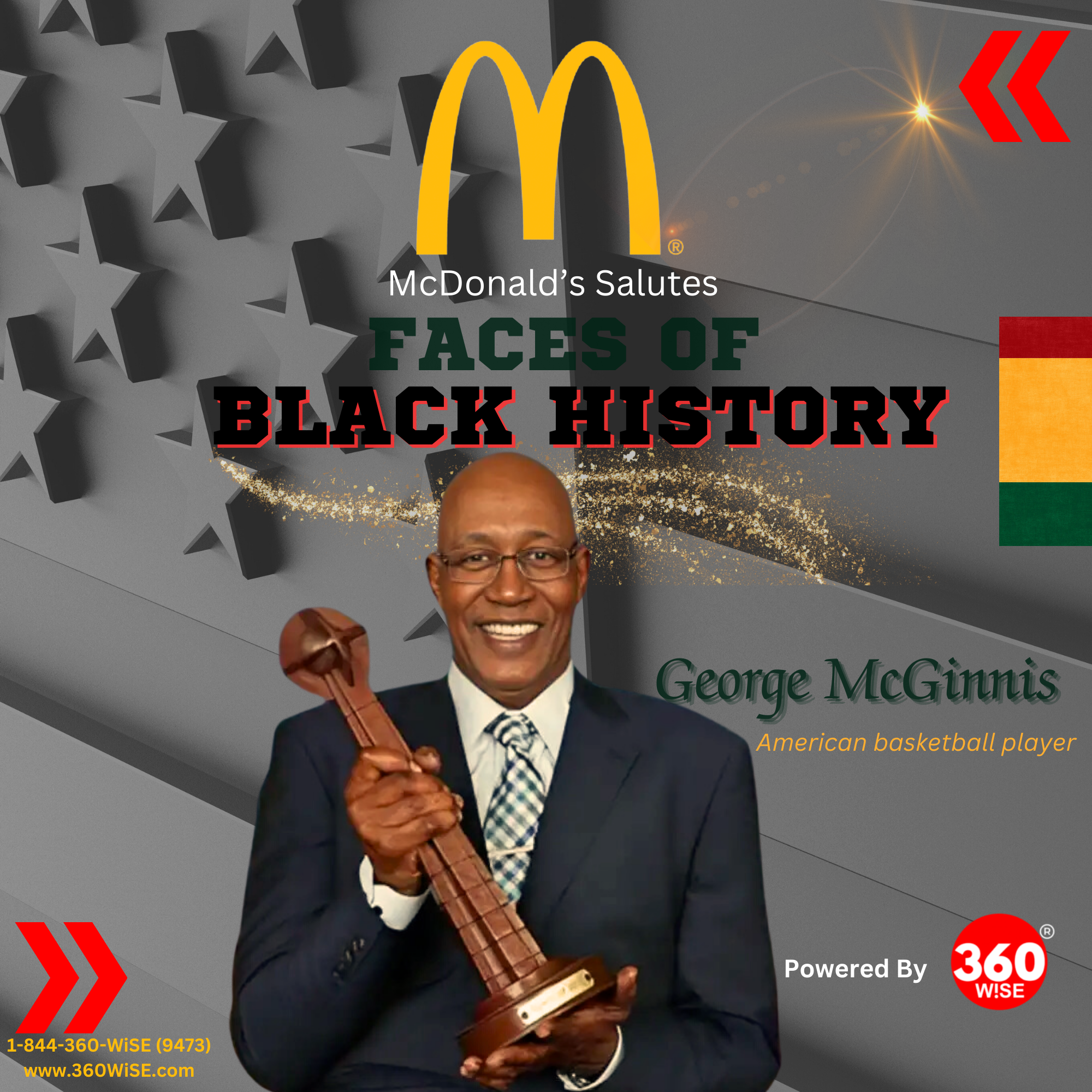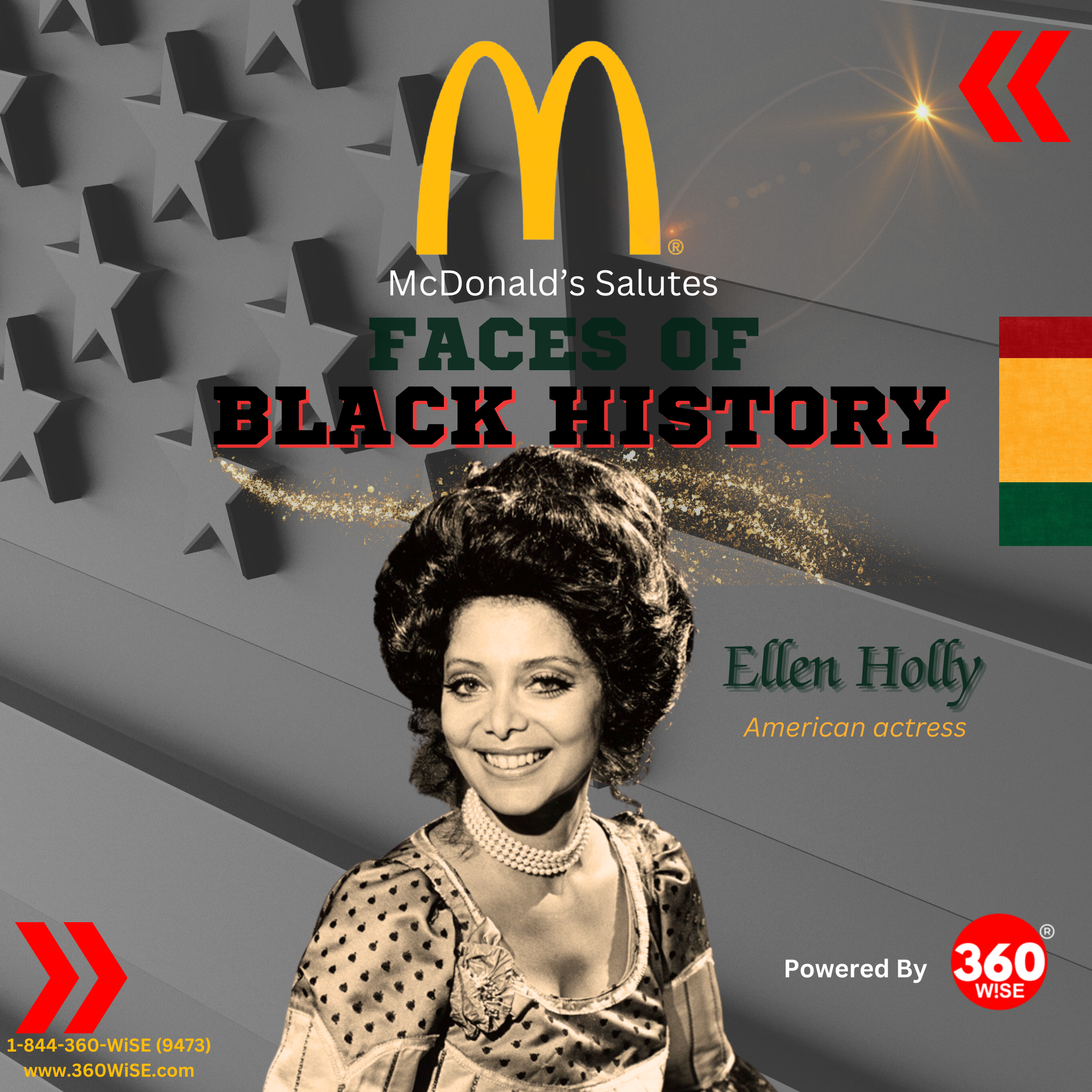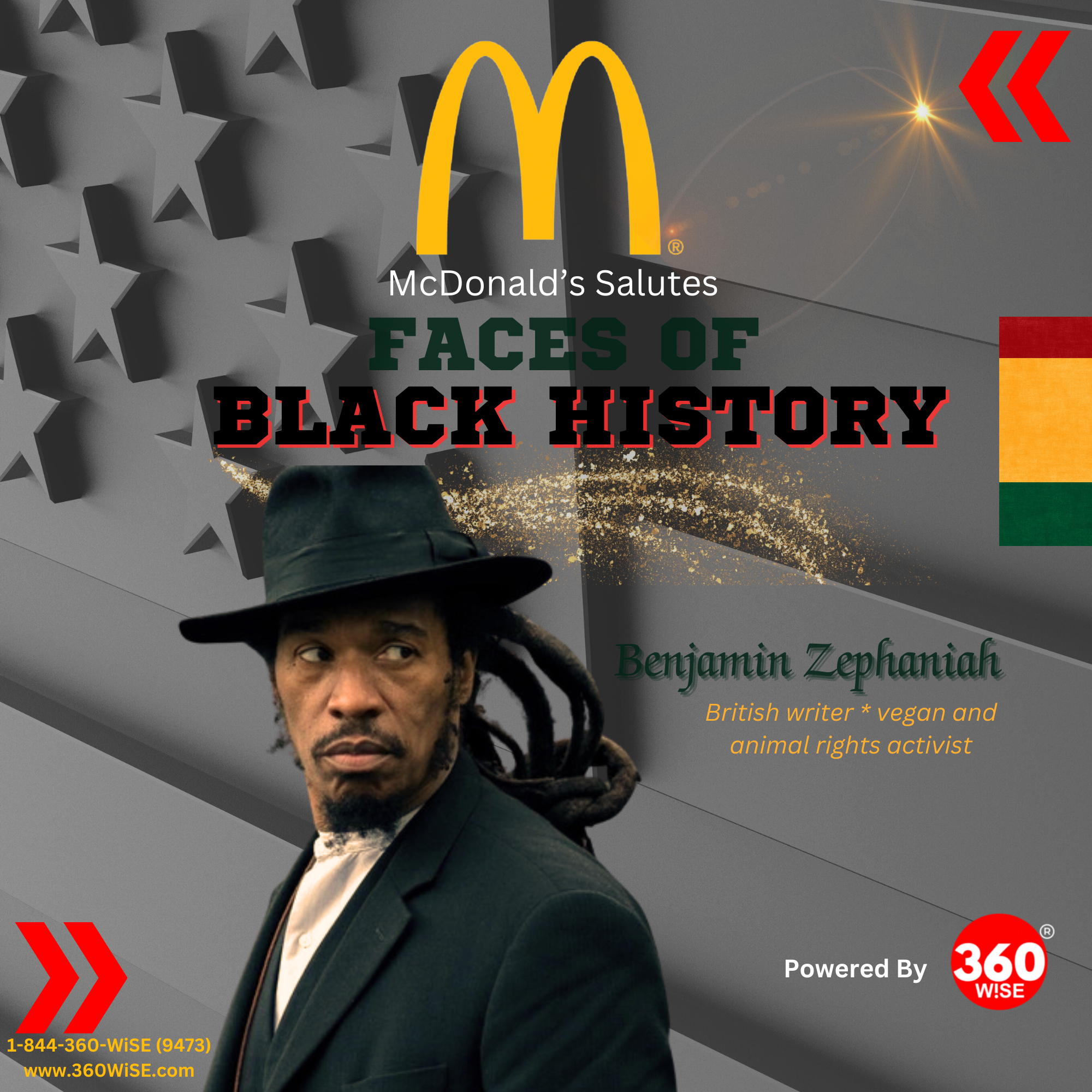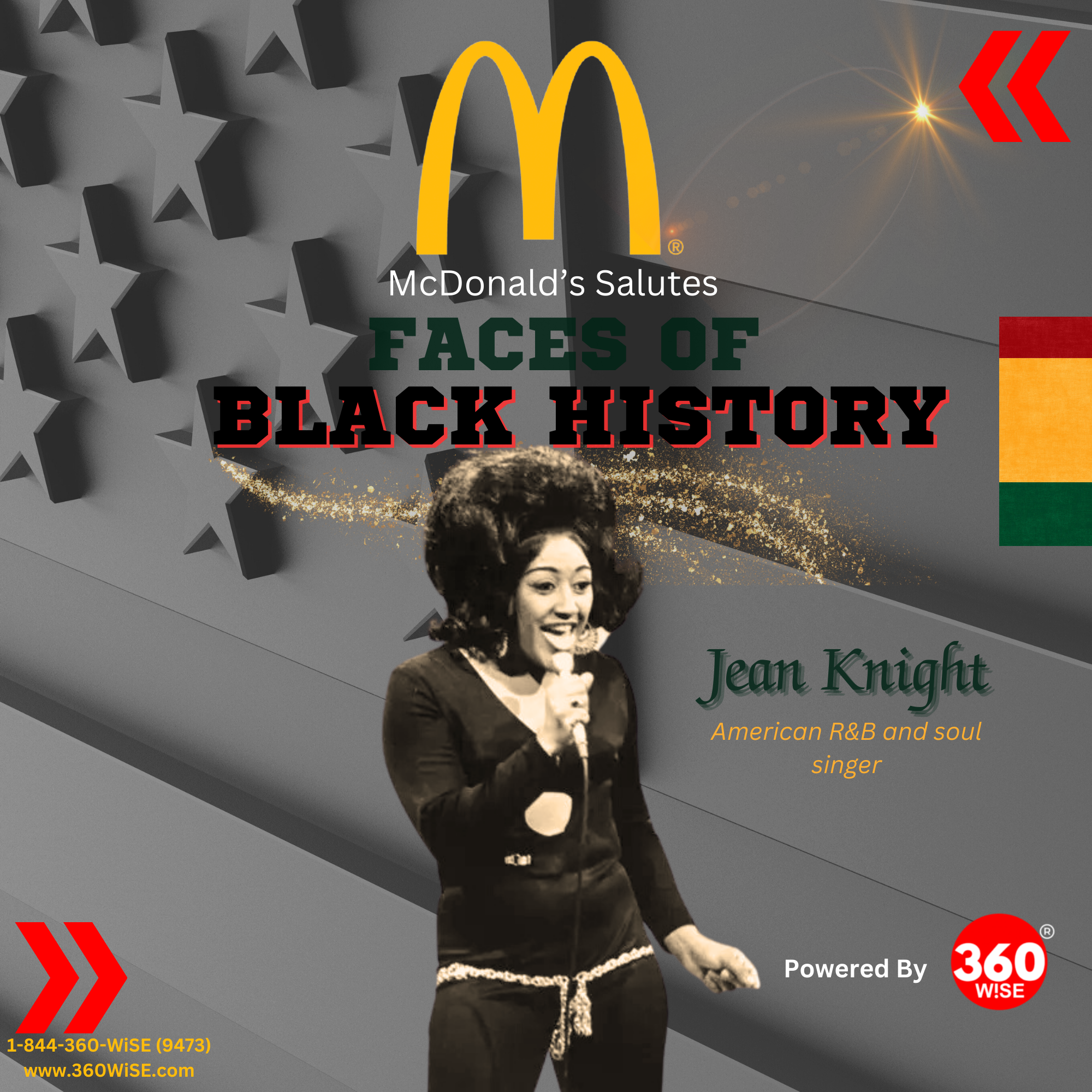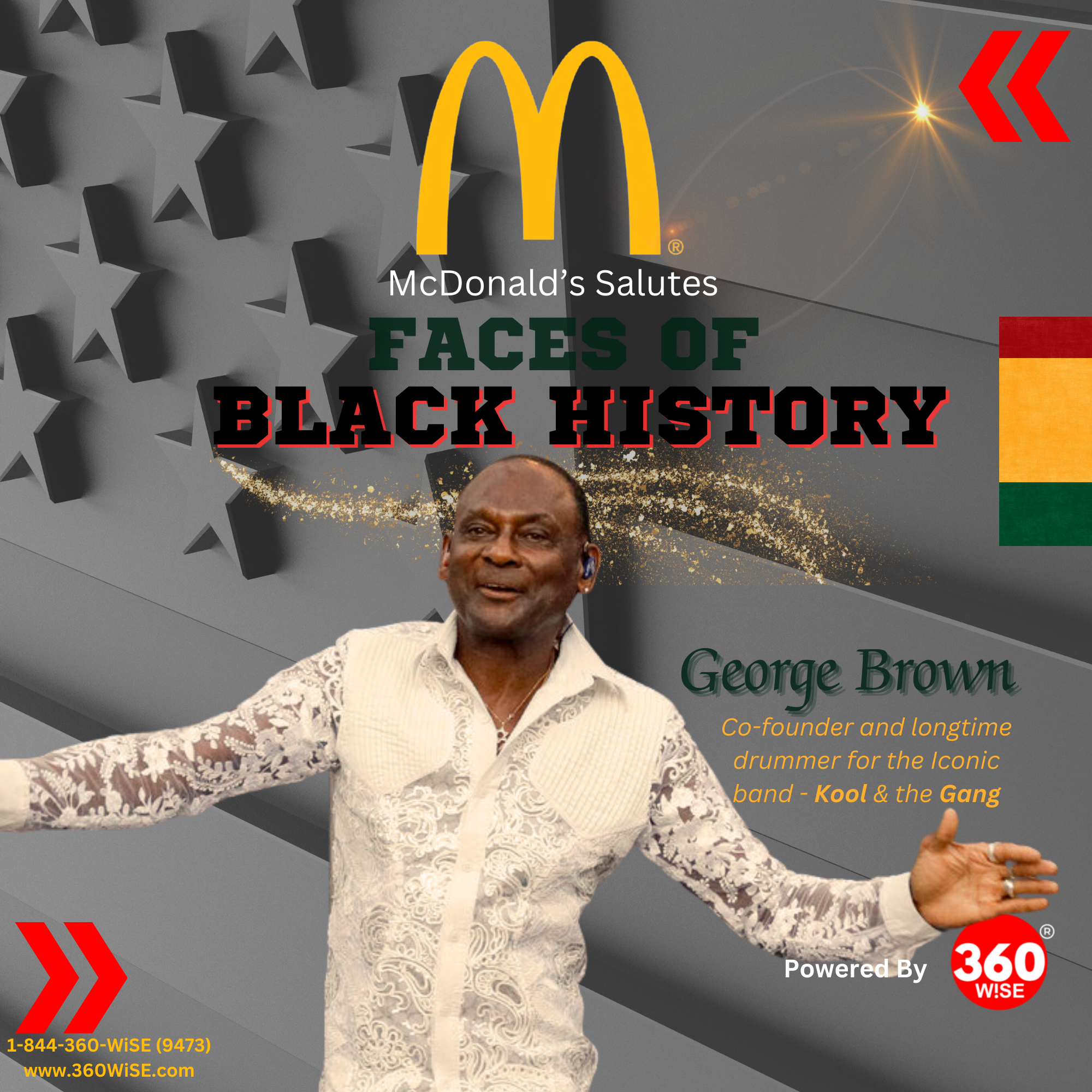 Salutes Faces of Black History Back To McDonald's Salutes Faces of Black History 2025
Salutes Faces of Black History Back To McDonald's Salutes Faces of Black History 2025
Joe Louis

Joe Louis One of boxing’s greatest champions
Joe Louis reigns supreme in boxing history. His record of 25 straight title defenses as heavyweight champion changed the sport forever. A child of former slaves, Louis was born in Lafayette, Alabama in 1914. His future as a powerhouse seemed destined – he weighed 11 pounds at birth and grew up working in cotton fields.
Louis started his professional career in 1934 with a modest $59 paycheck. His rise was meteoric, and he went on to earn more than $4.6 million throughout his career. Raw talent and determination made him unstoppable in the ring. He knocked out 43 opponents in his 50 amateur wins and became a national hero who broke through racial barriers. His legacy reaches beyond boxing achievements. He showed his patriotism during World War II by fighting 96 exhibition matches for troops. The champion’s final resting place is Arlington National Cemetery, where he was buried with full military honors.
This piece tells the story of a remarkable athlete who climbed from the segregated South to become one of boxing’s greatest champions. A sharecropper’s son reshaped the scene of American sports and left an indelible mark on history.
From Cotton Fields to Detroit Dreams
Joe Louis Barrow was born on May 13, 1914 in a small shack near Lafayette, Alabama. He was the seventh of eight children. Life was tough for the family – they crammed three or four to a bed. Louis was only two years old at the time his father Munroe Barrow went to a mental institution.
Early Life in Lafayette, Alabama
Louis’s mother Lillie worked hard as a laundress to feed her children. She later married Pat Brooks, a widower who had eight children, which made their family twice as big. Young Joe struggled with a speech problem and barely spoke until he turned six.
The Great Migration North
The family fled north in 1926 after receiving threats from the Ku Klux Klan. They joined thousands of other African Americans during this historic movement. Detroit’s Black Bottom neighborhood became their new home, where Louis’s brother got a job at Ford Motor Company. The family settled at 2700 Catherine Street, and Louis started learning cabinet-making at Bronson Vocational School.
First Encounters with Boxing
Louis’s life changed direction at sixteen. His mother gave him money to take violin lessons. She didn’t know he spent it on a locker at a local gym where he learned the basics of boxing. His amateur record was impressive – he won 50 out of 54 matches, with 43 knockouts.
His achievements included:
- A victory over Joe Biskey to win the Detroit-area Golden Gloves Novice Division championship
- The light heavyweight title in the Golden Gloves’ Open Division
- The United States Amateur Champion National AAU tournament victory in St. Louis
His mother was upset at the time she learned about his secret boxing training. She soon saw his potential and supported his passion for the sport. The shy cabinet maker trained hard at Detroit’s Brewster Recreation Center and became a powerful amateur champion.
The Making of the Brown Bomber
Standing at 6’2″ with a commanding 76-inch wingspan, Joe Louis became a boxing phenomenon with Jack Blackburn’s guidance. His experience from amateur success to professional dominance started a new era in heavyweight boxing.
Development of His Signature Fighting Style
Jack Blackburn’s training helped Louis develop a distinctive fighting style that emphasized efficiency and precision. Louis maintained a slightly crouched stance with his feet close together. This gave him perfect balance for both offensive and defensive maneuvers. He became skilled at keeping his head slightly tilted right while his right glove protected his face.
His fighting approach had these key elements:
- Minimalistic movement with incremental distance adjustments
- Precise combination punching with devastating power
- He knew how to block and parry incoming straight shots
- Body punching created openings for head shots
Early Professional Victories
Louis started his professional career with a bang on July 4, 1934. He earned USD 59.00 by knocking out Jack Kracken in the first round. His first year as a professional showed his dominance with 12 victories. Ten of these came by knockout.
The year 1935 turned out even more impressive as Louis stepped into the ring thirteen times. He reached his breakthrough moment on June 25 by defeating former world heavyweight champion Primo Carnera in six rounds. Louis won his first 27 professional fights, and 23 of these victories came by knockout.
Building the Perfect Boxing Machine
Jack Blackburn saw Louis’s natural punching power but spotted basic flaws in his technique. The first week focused only on teaching Louis proper punching mechanics with the heavy bag. Training emphasized correct foot placement and full body rotation for punches instead of arm swinging.
Louis grew into a complete fighter who delivered short, compact punches with extraordinary power and precision. His trainer taught him the value of proper timing, accuracy, and balance – qualities that defined his fighting style. Louis used his physical attributes effectively and kept his muscular physique while maintaining fluid movement throughout his career.
Rise to Heavyweight Glory
On June 22, 1937, Joe Louis knocked out James J. Braddock in eight rounds and claimed the heavyweight crown. This victory started the longest championship reign boxing has ever seen.
Path to the Championship
After his first professional loss to Max Schmeling, Louis showed incredible determination. His journey to glory ended in Chicago, where he faced “Cinderella Man” James J. Braddock. The win meant even more as Louis became the first Black heavyweight champion in twenty-two years. We watched him driven by his earlier defeat when he famously declared, “I don’t want to be called champ until I whip Max Schmeling”.
Notable Title Defenses
Louis took on an unprecedented run of thirteen title defenses from January 1939 through May 1941. His opponents got the nickname “Bum of the Month Club” because he dominated them so completely. On top of that, his fight against Billy Conn at the Polo Grounds drew 54,487 fans and many call it one of the greatest heavyweight fights.
His remarkable title defenses included:
- A spectacular first-round knockout of Max Schmeling in their 1938 rematch
- Seven championship defenses in just six months between December 1940 and June 1941
- Twenty-one knockouts in twenty-five successful defenses
Record-Breaking Achievements
The “Brown Bomber” rewrote the boxing record books. He reigned as heavyweight champion for 11 years and 8 months, a record unmatched in any weight division. His success rate stands out – he secured 52 knockouts in 69 professional fights. Louis dominated his era with only three losses in his career.
His championship stats tell an amazing story – all but three of his 25 successful title defenses ended in knockouts. He knocked out six former Heavyweight Champions of the World. Nobody in heavyweight boxing history has broken his record of 27 championship bouts.
Breaking Barriers Beyond the Ring
Joe Louis became America’s first African American nationwide hero, reaching far beyond his achievements in the boxing ring. His influence helped challenge deep-rooted racial prejudices in 1930s America.
Challenging Racial Stereotypes
Joe Louis took a different approach from his predecessor Jack Johnson by crafting a careful public image. His management team set strict rules: no gloating over fallen opponents, staying humble, and avoiding being seen alone with white women. Louis’s dignified behavior changed how media covered him. Newspapers gradually stopped using stereotypical racial references in their coverage.
Impact on African American Society
The Brown Bomber left an unprecedented mark on African American communities. His victories led to nationwide celebrations where thousands of Black Americans filled the streets with joy. Poet Langston Hughes captured this feeling: “Each time Joe Louis won a fight in those depression years, thousands of black Americans would throng out into the streets to march and cheer and yell and cry”.
Louis’s cultural influence showed through:
- Poems published in Black newspapers celebrating his achievements
- Songs composed to honor his victories
- Portraits proudly displayed in African American homes
Role in World War II
Louis enlisted in 1942 after America entered World War II and donated two championship fight purses to military relief funds. He entertained about two million soldiers by fighting 96 exhibition matches worldwide during his service. His contributions went beyond entertainment – he stood up against military segregation and refused to box before segregated audiences.
Louis boosted troop morale and became a powerful symbol in military recruitment campaigns. His famous words, “Lots of things wrong with America, but Hitler ain’t going to fix them,” struck a chord with both Black and white Americans. His influence helped future baseball legend Jackie Robinson get into Officer Candidate School.
The military awarded Louis the Legion of Merit. The citation praised his dedication to perform countless exhibitions for fellow soldiers, even at the risk of his boxing career. His actions helped advance the cause of desegregating the armed forces by quietly challenging systemic racism within military ranks.
President Franklin Roosevelt recognized Louis’s importance and invited him to the White House. While feeling Louis’s bicep, Roosevelt famously said, “Joe, we need muscles like these to defeat Germany”. After the war, Louis’s status as a national hero crossed racial boundaries. He became a symbol of American unity and strength in facing both foreign and domestic challenges.
The Price of Fame and Glory
Joe Louis earned nearly $4.6 million during his boxing career, but he only saw about $800,000 of his total earnings. His later years were marked by financial hardships that came from a mix of unfortunate circumstances and decisions.
Financial Struggles and IRS Battles
The IRS started chasing Louis after his charitable work during World War II. We donated a $1 million check to the Army-Navy Relief Fund, which got pricey – his signature made it taxable income. The tax situation became worse under President Roosevelt’s policies. Top income rates jumped to 79% in 1935 and ended up reaching 90% during and after the war.
Louis’s tax debt grew to $500,000 by 1948. In spite of that, the IRS showed no mercy and seized the $667 inheritance from his mother’s will in 1953. The mounting debt pushed Louis back into the ring. He faced Ezzard Charles in 1950 and Rocky Marciano in 1951, but lost both fights.
Personal Life Challenges
Louis’s personal life was full of ups and downs. His relationships tell the story:
- Two marriages and divorces to Marva Trotter, who gave birth to their two children
- Rose Morgan’s marriage lasted three years before annulment
- Martha Jefferson became his wife, and they adopted four children
Life threw more than financial problems at Louis. Cocaine addiction sent him to psychiatric care in 1970. Heart surgery in 1977 left him wheelchair-bound, and his health took a sharp decline.
Final Years and Legacy
Louis found some peace working as a greeter at Caesar’s Palace in Las Vegas. The IRS backed off and forgave his remaining tax debt, which had grown to over $1.25 million by the mid-1950s. His final chapter brought some comfort, though his health kept getting worse.
Cardiac arrest claimed Louis’s life at Desert Springs Hospital on April 12, 1981. He made his last public appearance just hours earlier at the Larry Holmes-Trevor Berbick heavyweight championship fight. President Ronald Reagan stepped in and waived standard requirements to give Louis full military honors at Arlington National Cemetery.
The Brown Bomber’s memory lives on through various tributes. He received the Congressional Gold Medal posthumously in 1982. The U.S. Postal Service made him the first boxer on a commemorative stamp in 1993, cementing his place in American history.
Conclusion
Joe Louis made an incredible trip from Alabama’s cotton fields to become a boxing legend, which shows his excellence and determination. His unmatched record of 25 straight heavyweight title defenses and graceful behavior outside the ring helped change America’s racial attitudes during a crucial time.
Louis’s influence went way beyond sports, despite the money problems and personal challenges in his later years. The nation recognized him as its first African American hero because of his military service, love for country, and quiet fight against segregation. His reach and influence touched countless athletes and civil rights activists who came after him.
Louis’s legacy grows stronger with time. America’s greatest sports figures count him among their ranks. His achievements earned him the Congressional Gold Medal, and Arlington National Cemetery became his final resting place. The Brown Bomber showed us that true champions fight not just for themselves, but to make society better for everyone.
References

QUICK FACTS

Thank you to the New York Tristate Owner and Operators Association for your continued support.

